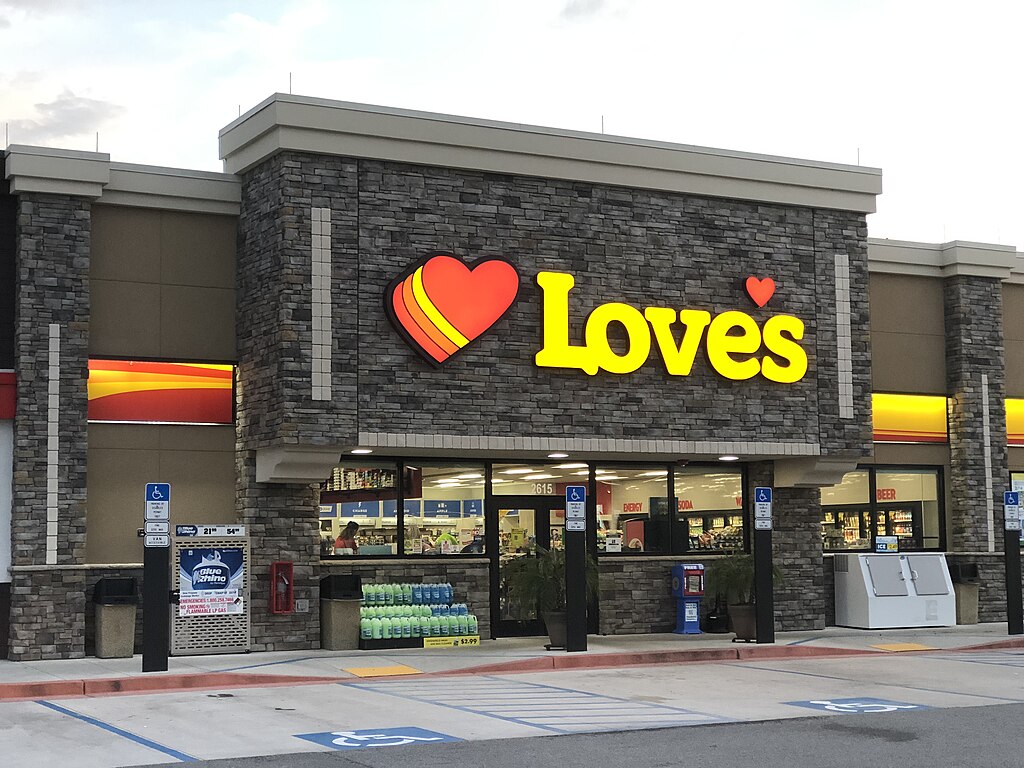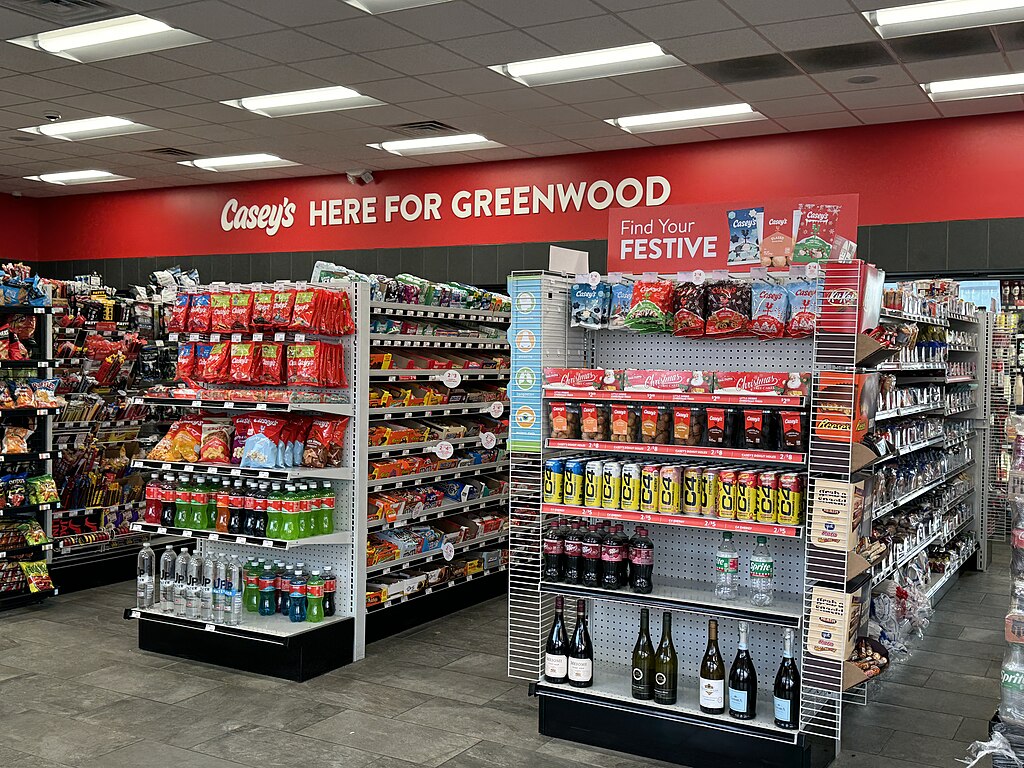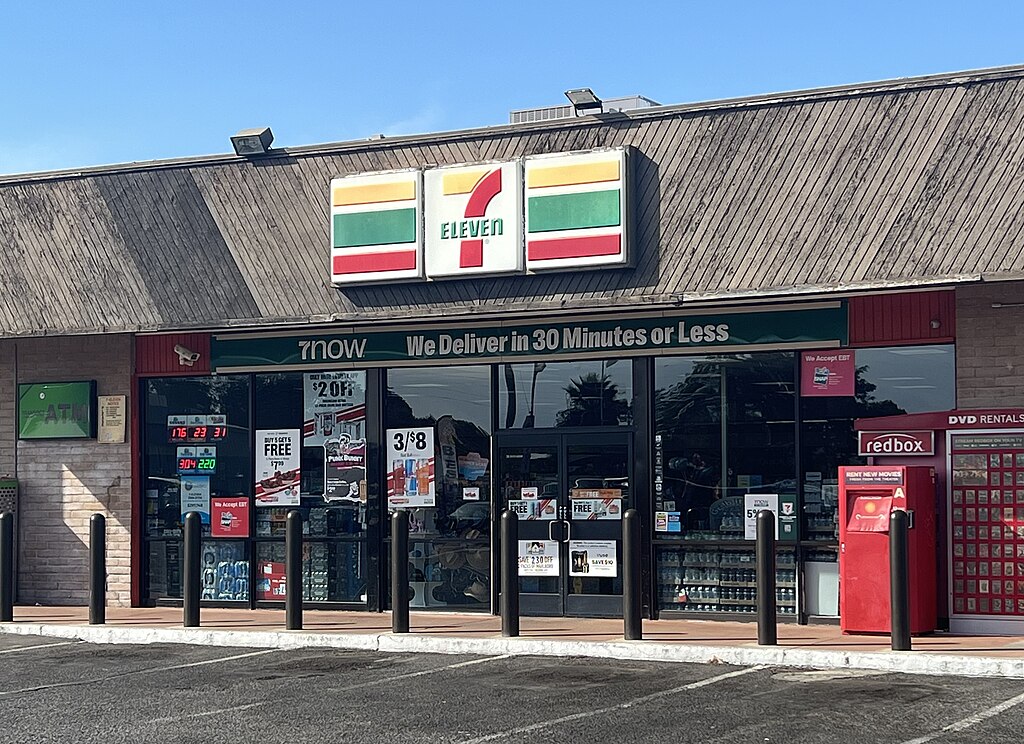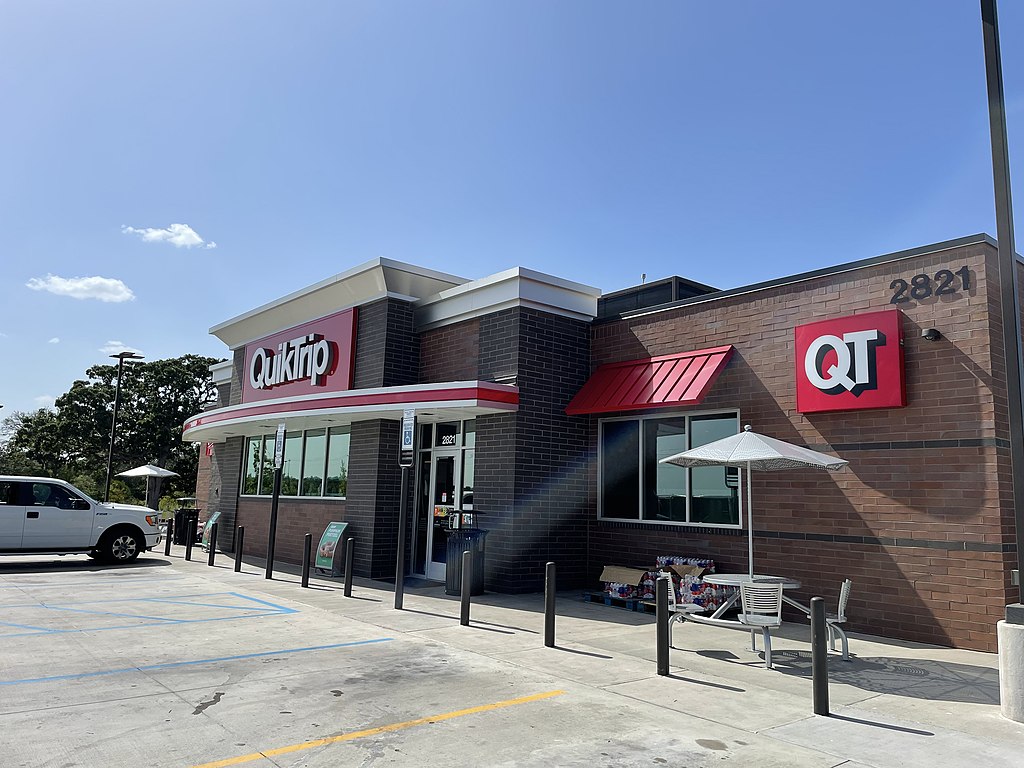Featured image credit: Japanexperterna
The convenience stores we’ve come to know in our travels are rapidly changing. In a pivot to meet the changing needs of consumers, convenience stores (often abbreviated to simply “c-stores”) are adopting vastly expanded menus while investing in appliance upgrades, store expansions, and innovations that prioritize convenience. No false advertising there! It’s a savvy move to combat the growing competition from supermarkets, fast food restaurants, and food delivery apps.
Looking Beyond Today

While the number of convenience stores across America declined last year, c-store CEOs are still optimistic about the future of their revised business models. According to the 2025 NACS/NIQ TDLInx Convenience Industry Store Count, the number of convenience stores across the nation has declined by 0.1%. California, despite closing eight c-stores last year, remains just behind Texas as the state with the second-most c-stores at 12,169. While c-stores stumbled in 2024, they still fared better than rivals like supermarkets and drug stores. By meeting the evolving tastes of their consumer base, they hope to rapidly move even further ahead of the competition.
A New Consumer Profile
The days of the questionable convenience store hot dog are likely behind us. Consumers want more cultural culinary variety. Yes, even from their gas station fare. And they want exotic flavor profiles. Some are willing to sacrifice health for flavor, while others demand healthier options. But they still want convenience as well, supported by the rising sales of prepared foods. Until recently, c-stores were woefully unequipped to meet these demands. But leading c-store brands are rethinking their business models, and the efforts are already paying off. According to the National Association of Convenience Stores’ most up-to-date stats, food sales increased by 12.2% from 2022 to 2023.
The Flavor of the Future
Many of the changes coming over the horizon involve aggressive menu expansions at several leading convenience stores. Over the last few months, c-store notables, including 7-Eleven, Casey’s, and Love’s, have revealed plans to offer a more diverse selection of food options to compete with quick-stop restaurant chains. In some cases, this means expanding the stores themselves to accommodate full-scale kitchens. These kitchens would allow comfort foods such as pizza and salads to be made onsite.

Certain 7-Eleven locations have already rolled out culturally-based cuisine, including sweet chili wings and chicken teriyaki onigiri. In 2024, the Japanese retail holding company Seven & i Holdings (which owns 7-Eleven) purchased the Laredo Taco fast food chain. Newer 7-Eleven c-stores are beginning to incorporate Laredo Taco locations into their floor plans.
Love’s is also immersed in research and development for an expanded menu that could eventually offer “tacos, salads, sandwiches, snack trays, and more,” according to a press release. The c-store already sells food and beverage products under its Love’s brand, and intends to build upon that with diversified flavors of juices, candy, and snacks.
Meanwhile, Casey’s, a publicly traded c-store chain, showed a 3.7% increase in in-store purchases in 2025’s first quarter, indicating a priority in menu expansion. No doubt hoping to take advantage of high supermarket prices, Arko-operated 1-Stop and ExpressStop locations have begun offering discounted pizza to their loyalty program members. The 12-inch pizza is just $4.99 for members and $7.99 for non-members.
Healthier Options in Convenience Stores

But what about the consumers who prioritize health? Historically, the nation’s convenience stores haven’t been a bastion of healthy eating. But that may be changing. We’re already seeing more organic and vegetarian/vegan options popping up in the larger c-store chains. Some are even investing in hot food bars to offer plant-based fare like customizable veggie burgers, stir fry bowls, and burritos. By expanding their selection of healthy options, c-stores hope to tap into a younger, more health-conscious demographic they’ve missed. But c-stores also learned from the global COVID-19 pandemic. They’re keeping sanitation protections from the COVID-era in place to shake stereotypes and perpetuate an environment of sanitized cleanliness.
Appliance Upgrades Coming to a C-Store Near You
Pandemic-proof salad bars are just the beginning when it comes to c-store investment in appliance upgrades. Many of these brands are putting big money into elevating their customer experience with state-of-the-art appliances that improve both quality and efficiency.
With sous vide machines, attendants can slowly cook meat and vegetables, retaining flavor without sacrificing moisture. Grills and hot sandwich presses allow for on-site preparation of Korean barbecue, grilled vegetables, and piping hot burritos. Industrial blenders and food processors produce smoothies, sauces, salsas, and more with maximum efficiency. Temperature-set appliances like cold food displays for Moroccan salads, feta wraps, acai bowls, and food warmers for hot meals are more efficient and affordable than they used to be.
They Call Them Convenience Stores for a Reason

Naturally, convenience stores haven’t forgotten about their primary benefit: providing convenience to on-the-go customers. It’s why so many c-store brands are adopting modern methods of addressing a growing demand for convenience. Some c-stores are beginning to introduce rapid self-checkout lines and self-serve kiosks for placing orders. Meanwhile, partnerships with delivery services are offering convenience store products outside of the store itself, underscoring the redefinition of a c-store as a destination in its own right. Take, for example, 7-Eleven’s 7Now delivery app, which delivers brand standards like Slurpees right to your front door.
C-stores are also beginning to more strongly acknowledge their customers with electric vehicles. Since it takes an EV owner longer to charge their vehicle than it takes a gas-powered vehicle owner to refuel, c-stores are beginning to add more traditional restaurants and, even on some rare occasions, sports bars.
Big Changes Demand More Space
Many convenience stores are rolling out plans for physical expansions, in some cases doubling their square footage. QuikTrip locations, traditionally sized at around 5,000 square feet, are introducing 10,000 square foot layouts in new and remodeled stores. 7-Eleven is also introducing a larger store model with an aggressive plan to open 500 new stores across the country by 2027. Many of these are targeted at college campuses to tap into a younger demographic in need of convenient but diverse options.
Investing in Convenience Stores

So, what does all of this mean for investors? Speaking to CoStar, CEO of commercial real estate brokerage B + E, Camille Renshaw, pointed out that convenience stores tend to use net leases, offering a distinct tax advantage to investors, not to mention a sense of stability. But net leases aren’t the only reasons why c-stores make such attractive investment opportunities for those looking to expand their portfolios.
Other ways convenience stores tend to attract investors include:
- A reputation for strong credit
- Diverse merchandise
- Fewer management responsibilities
- Low vacancy rates
- Premium locations
- Reliable income
However, novice investors should acquaint themselves with the 2017 Tax Cuts and Jobs Act. The highly desirable tax incentives from this initiative are set to expire at the end of the year. President Donald Trump has indicated a willingness to extend the incentives beyond the expiration date. Whether it actually happens remains to be seen.
All in all, it’s an exciting time to be in the convenience store business as c-stores strive to redefine their place in the consumer’s mind. Could they actually reinvent themselves from the last resort to the destination of choice? They’ll be facing an uphill battle against a reputation that’s been built over decades. Yet the ideas are sound. And in this rapidly shifting economy, c-stores have a clear chance at becoming more important than ever before.

Comments
Post a Comment